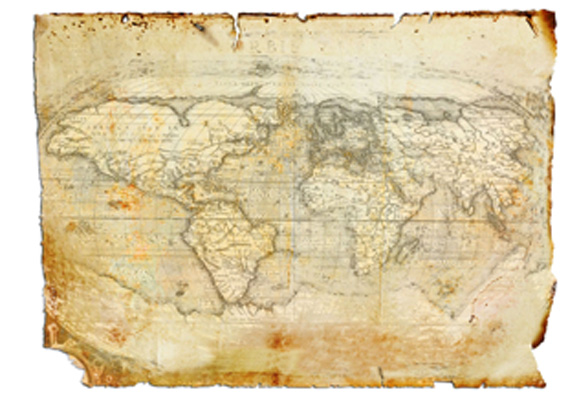THE FILMIC TRANSPOSICION FROM THE NOVEL O MATADOR
Keywords:
Foco narrativo, Subjetividade da narrativa fílmica, Linearidade fílmica.Abstract
This article shows an analysis from the movie O homem do ano (2002), by the film maker José Henrique Fonseca. It’s an adaptation from the novel O Matador (1995) by Patricia Melo. The leading thread will be the narrator’s role in the construction of the fable both in the novel and the film. We intend to explain this linearity of the filmic text, for this reason it was considered the hypothesis of the establishment of a narrator with an angle of fixed vision in the facts, obtained by means of a camera, that is, in the film, image and voice express Máiquel’s thoughts, feelings, and perceptions. Besides that, we will consider how thisnew narrative was made.
Downloads
Downloads
Published
How to Cite
Issue
Section
License
Copyright (c) 2009 - Authors keep the copyright and grant the journal the right of first publication, with the work simultaneously licensed under the Creative Commons Attribution License (CC-BY-NC-SA 4.0), which allows sharing the trial with acknowledgment of authorship and initial publication in this journal.

This work is licensed under a Creative Commons Attribution-NonCommercial-ShareAlike 4.0 International License.
Creative Copyright Notice
Policy for Free Access Journals
Authors who publish in this journal agree to the following terms:
1. Authors keep the copyright and grant the journal the right of first publication, with the work simultaneously licensed under the Creative Commons Attribution License, which allows sharing the trial with acknowledgment of authorship and initial publication in this journal.
2. Authors are authorized to take additional contracts separately, for non-exclusive distribution of the work version, published in this journal (eg publish in institutional repository or as a book chapter), with acknowledgment of authorship and initial publication in this journal.
3. Authors are allowed and encouraged to publish and distribute their work online (eg in institutional repositories or on their personal page) at any point before or during the editorial process, as this can generate productive changes, as well as increase both impact and citation of the published trial (See The Effect of Free Access).
Creative Commons License
This work is licensed under a Creative Commons Attribution–NonCommercial-shareaswell 4.0 International License, which allows you to share, copy, distribute, display, reproduce, completely or part of the work, since there is no commercial purpose, and authors and source are cited.



